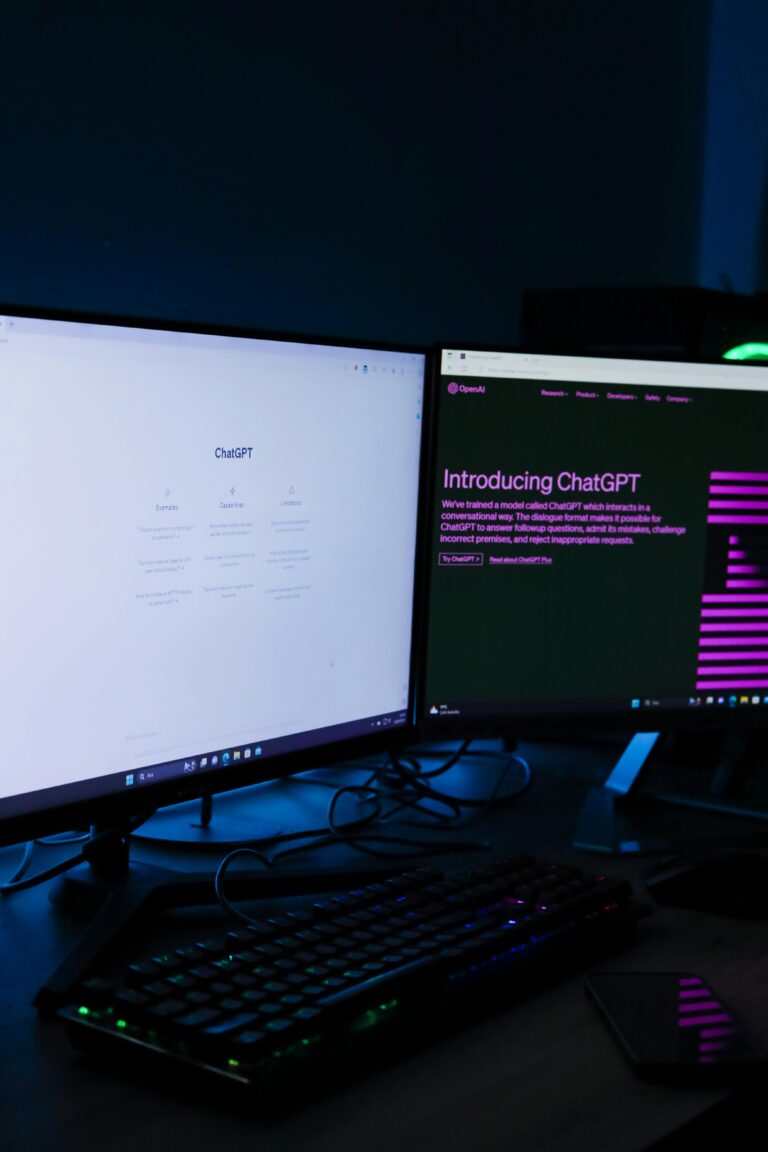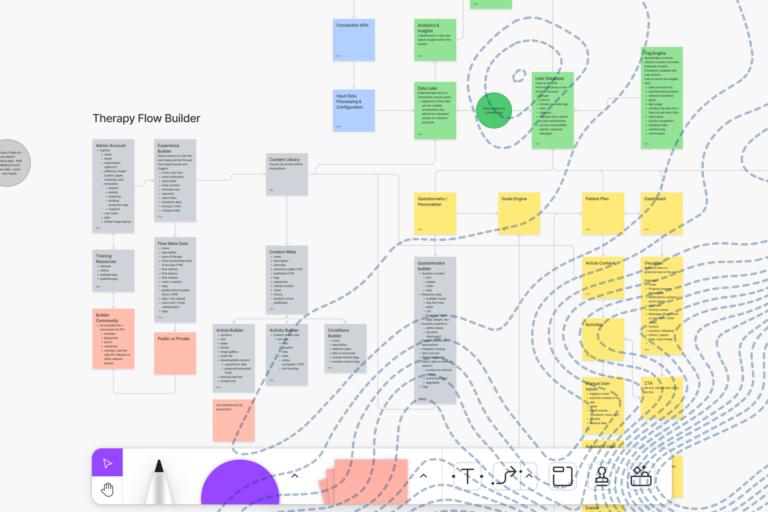I don’t think this project requires a project manager. Can we cut this role from the project team?
If you work in software design and development, this is a sentiment you’ve probably heard before. Basically, it works like this: project management is seen as overhead and not necessarily directly tied to the product and success of the project. To trim the budget, the thinking goes, project management is an easy first cut and/or something that the client or another team member can assume the responsibility of. But what most companies that are about to engage with a software development firm don’t know is that project management is actually vital to the success of… well… the project. PMs are the drivers; the deftly organized and highly communicative individuals who make sure every aspect of the project happens as it should. One Software Architect here at Arcweb Technologies put it succinctly:
A project manager serves a critical role on the project’s leadership team. I want someone to line all the ducks up for me so I can shoot them down. They are our partners in delivery.
So here’s a multi-perspective look at why your software project shouldn’t go without project management representation…
From the PM’s Point of View
As mentioned, the PM is a software project’s driver. They’re monitoring, scoping, scheduling and budgeting. They’re providing specific direction and instruction to team members—from architects to designers to developers—shaped by the goals, objectives and interests of the client. They are in every way “on point.” The project manager sets up the infrastructure and best positions the team of specialists to do what they do best: architect, design, code, test, develop, deploy, etc. The PM also guides team member allocation and specializes in removing hurdles that impede team productivity.
To the client, the PM is the eyes and ears of project progress, risks and opportunities. Like a traffic cop at the busy intersection they manage the multidirectional flow of information between team and client. (And yes, sometimes they have to put on their enforcement hat and lay down the law to either side.) Without the project management role, the client usually gets left in the dark. A project begins, designers and developers “go away for a while” and come back in a few weeks or months with something that may or may not be the right deliverable.
Conversely, when a PM is a part of the team, the work is iterative and communicated in real-time. Potential hurdles are identified before they can even become troublesome. Why do those things matter? Because there’s not a client in the world that likes the unexpected. The unknown can cost time and money. A client should never have to wonder or speculate. What’s happening? Where’s the budget going? My boss wants to know current project status! Are they building the right thing? I have a new development that impacts the deliverables! Could someone from the design or development team “be the communicator” and scramble to manage things? Sure. But it’s extraordinarily hard to be both the doer and the manager. That is why a PM holds so much value. They prevent those anxieties, communicating to the client effectively, accurately and in real-time while facilitating the team to do what they do best: design and build.
From the Software Architect’s Perspective
Through the lens of the software architect, a PM is like a ship captain’s XO (Executive Officer). They are the ones who ensure that the team is meeting all expectations, both internally and client-facing. They are the active listener, monitoring and relaying customer needs and prioritizing in real-time. Balancing priorities from both the client and team sides is really where the PM is most valuable to the architect. They have their finger on the pulse of both and can thus provide useful insight and recommendations when it comes to the consistent alignment of priorities.
From the Developer’s & Designer’s POV
Developers and Designers are the key team members who execute on the work scoped. A PM gives designers and developers the ability to focus on their specific area of expertise, not project management. This improves the team’s effectiveness and efficiency immensely. Additionally, a project manager’s value to a given team member is evident from a chronological perspective. A PM is involved in a project from start to finish. This may not be the case for all team members. (As an example, a developer typically doesn’t become involved in a project until the development phase.) So when a developer has questions after the initial discovery and design of the product, the PM has the comprehensive view to provide the right answers.
Without a PM, information flow between team members often does’nt work in harmony and that translates into time (and money) wasted. Say a designer starts creating specs and assets the same day the developer starts coding. The dev will be making guesses while waiting for the designer to produce what they ultimately need. That means the dev will either have to redo what they did (aka, waste their own time and the client’s budget) or ignore what the designer produced (aka, the designer wasted their time and the client’s budget). By having a PM on the project that has appropriately scheduled out tasks, ensures that never happens.
Building a digital product?
Bottom Line: Project Management Matters
Project management is critical to the success of any build. Are we saying this because it’s something we can sell? I guess you could think that. But we champion project management because we’ve seen how it improves the working relationship and ultimately, the output. On the flip side, we’ve also seen how projects without project management stumble, run into budget and communication issues, aren’t adequately resourced and flat-out fail. That’s why we believe in project management.




